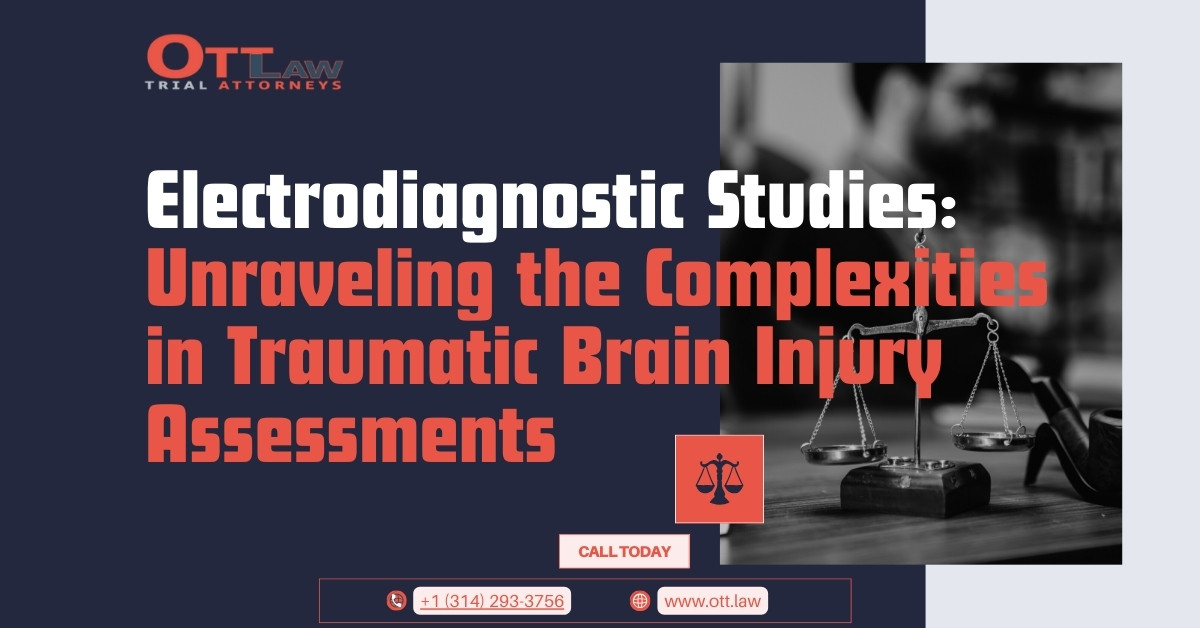In the realm of traumatic brain injury diagnostics, electrodiagnostic studies hold a significant place. They offer intricate insights into brain activity and deviations resulting from injuries. Dr. Nathan Zasler’s chapter on Electrodiagnostic Studies in “Brain Injury Medicine” provides a comprehensive understanding of these tests.
Electrodiagnostic Explorations
1. Somatic Sensory Evoked Potentials: This test measures the brain’s electrical activity in response to sensory stimuli. By gauging how the brain responds to these stimuli, clinicians can identify abnormalities.
2. Electroencephalograms (EEG): Conventional EEGs capture the electrical activity of the brain using electrodes placed on the scalp. It provides real-time data, enabling physicians to detect abnormalities or deviations in brainwave patterns.
3. Brain Stem Auditory Evoked Potentials: This study assesses the brain’s response to auditory stimuli, specifically focusing on the brain stem’s functions.
4. QEEG – Quantitative Electroencephalography: One of the advanced modalities in electrodiagnostic studies, QEEG involves a computer-enhanced EEG, comparing the patient’s brain activity with a normative database. By identifying patterns that match a specific injury type, the QEEG offers a high level of diagnostic accuracy.
Understanding Through Expertise
Given the intricate nature of these tests, understanding them demands dedicated effort. Consulting with a seasoned neurologist, neuropsychiatrist, or physical medicine rehabilitation (PMR) specialist is invaluable. They can provide insights, showcase real-time test videos, and clarify the nuances involved.
Another practical approach is utilizing online resources like Google Images to get a visual representation of the equipment and the testing process.
Conclusion
Electrodiagnostic studies, while complex, are crucial in the accurate assessment of traumatic brain injuries. As legal practitioners, the onus is on us to be informed and knowledgeable about these modalities to best represent our clients and their medical concerns.
For legal guidance related to traumatic brain injuries or any other personal injury matters, OTT Law Firm is here to help.
- Address: 3544 Oxford Ave, Maplewood, MO 63143, United States
- Phone: +13142933756
- Email: joe@ott.law
- Website: OTT Law
References:
- Dr. Nathan Zasler’s chapter on Electrodiagnostic Studies in “Brain Injury Medicine”.
- Electroencephalograms (EEG) and its significance in capturing real-time brain activity.
- The role of QEEG in comparing patient’s brain activity with a standard database.

